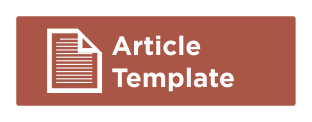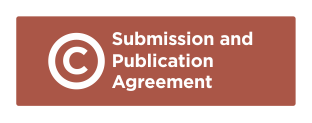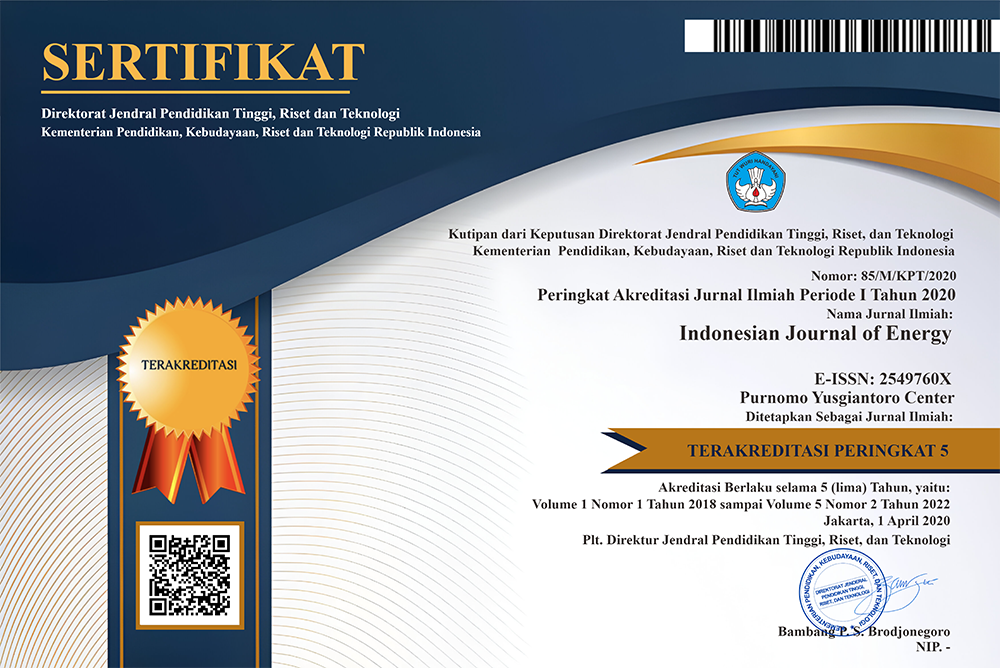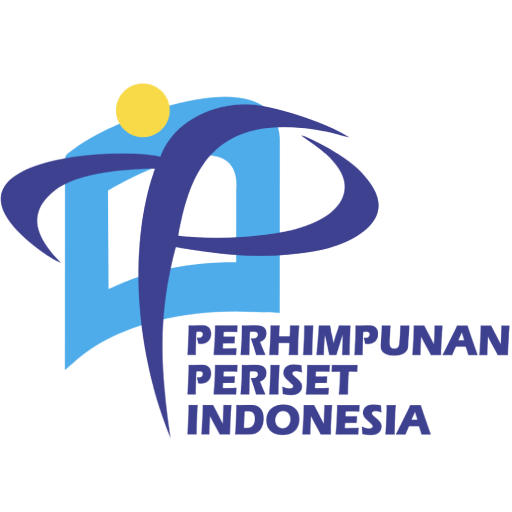Sustainable Development Assessment on North Jakarta using Indicators and PLS-SEM
Abstract
Indonesia, as the second longest coastline country in the world, contain a huge coastal area need to be managed. One way to manage coastal area is using monitoring systems, yet none of them has been effectively implemented in Indonesia. This research attempts to develop monitoring system using indicators. There were 105 indicators that chosen from references. Each of the indicators were filtered by scoring method and then be processed using PLS-SEM resulting 9 indicators and sustainability development monitoring model. Coastal Area of North Jakarta has been chosen as area to implementing the model since that area are dynamics and growing rapidly. Based on the model, coastal area of North Jakarta has good economic condition (62.2%), medium social condition (46.7%), and bad natural environment condition (38%). Sustainable development seems quite implemented in this area since the balance of Economic-Social-Natural Environment was on the medium and balanced category. By using GIS can be seen that the development that occurred in west side study area are better than middle or east side.
Downloads
References
Arcadis. (2015). Sustainable Cities Index 2015 Balancing the economic, social and environmental needs of the world’s leading cities. http://www.sustainable citiesindex.com, 12 January 2015, pk. 19.00 WIB.
Arifin, Z. (2004). Local Millenium Ecosystem Assessment: Condition and Trend of the Greater Jakarta Bay Ecosystem. Jakarta: Ministry of Environment Republic Indonesia.
Bernhardsen, T. (1992). Geographic Information Systems: An Introduction. Viak: IT/Norwegian Mapping Authority
BPS. 2010. Statistik Indonesia. Jakarta: Badan Pusat Statistik.
Central Intelligence Agency. (2014). The World Factbook (2014-2015 edition). United States: Directorate of Intelligence
DEDUCE. (2007). Consortium, Indicators Guidelines: to Adopt an Indicators-based Approach to Evaluate Coastal Sustainable Development. Catalonia: Department of the Environment and Housing, Government of Catalonia.
Foote, K. E. dan Lynch, M. (1996). Geographic Information Systems as an Integrating Technology: Context, Concepts, and Definitions. USA: University of Texas.
Jakarta History. (2008). http://www.jakarta.go.id/v2/news/1970/01/Sejarah-Jakarta#.VhWq7Pmqqko, 6 May 2015 pk. 20.00 WIB.
Kunu, P. J. dan Lelolterry, H. (2010). Penggunaan Lahan dan Evolusi Penggunaan Lahan di Provinsi DKI Jakarta. Jurnal Agroforestri Vol. V No. 3
Kehati. (2013). Ekosistem Pesisir dan Pulau-pulau Kecil. http://kehati.or.id/id/site _content/11-program/36-ekosistem-pesisir-dan-pulau-pulau-kecil.html, 6 Mei 2015, pk. 20.00 WIB.
Kuswartoyo, T. (2006). Asas Kota Berkelanjutan dan Penerapannya di Indonesia. Jurnal Teknik Lingkungan P3TL-BPPT.7.(1), 1-6.
Indonesia Ministry of Marine and Fisheries. (2011). Kelautan dan Perikanan dalam Angka 2011. Jakarta: Pusdatin-KKP
Salim, Emil., Ratusan Bangsa Merusak Satu Bumi, Jakarta: Penerbit Buku Kompas, 2010.
Schernewski, G., Schonwald, S., Katarzyte, M. (2014). Application and Evaluation of an Indicator Set to Measure and Promote Sustainable Development in Coastal Areas. Ocean and Coastal Management, 101, 2-13.
Singh R. K., Murty, H. R., Gupta, S. K., Dikshit, A.K. (2012). An Overview of Sustainability Assessment Methodologies. Ecological Indicators, 15, 281-299..
SUSTAIN partnership. (2012). The SUSTAIN Indicator set. A set of easily measurable sustainability indicators. 19 pp. http://www.sustain-eu.net/what_are_we_doing/sustain_indicator_set.pdf, 8 Oktober 2015, pk. 20.00 WIB
UNEP. (2015). Cities and Coastal Areas. http://www.unep.org/urban_environm ent/issues/coastal_zones.asp, 6 Mei 2015, pk. 20.00 WIB.
WCED (World Commision on Environment and Development). (1987). Our Common Future. Oxford: Oxford University Press.
ud.com/newworldpunx/asot650utrecht
















